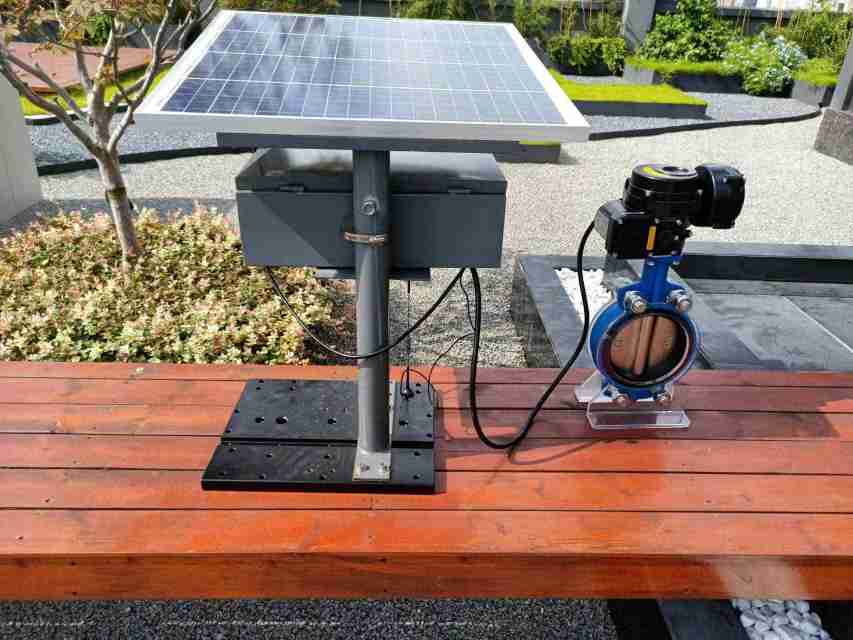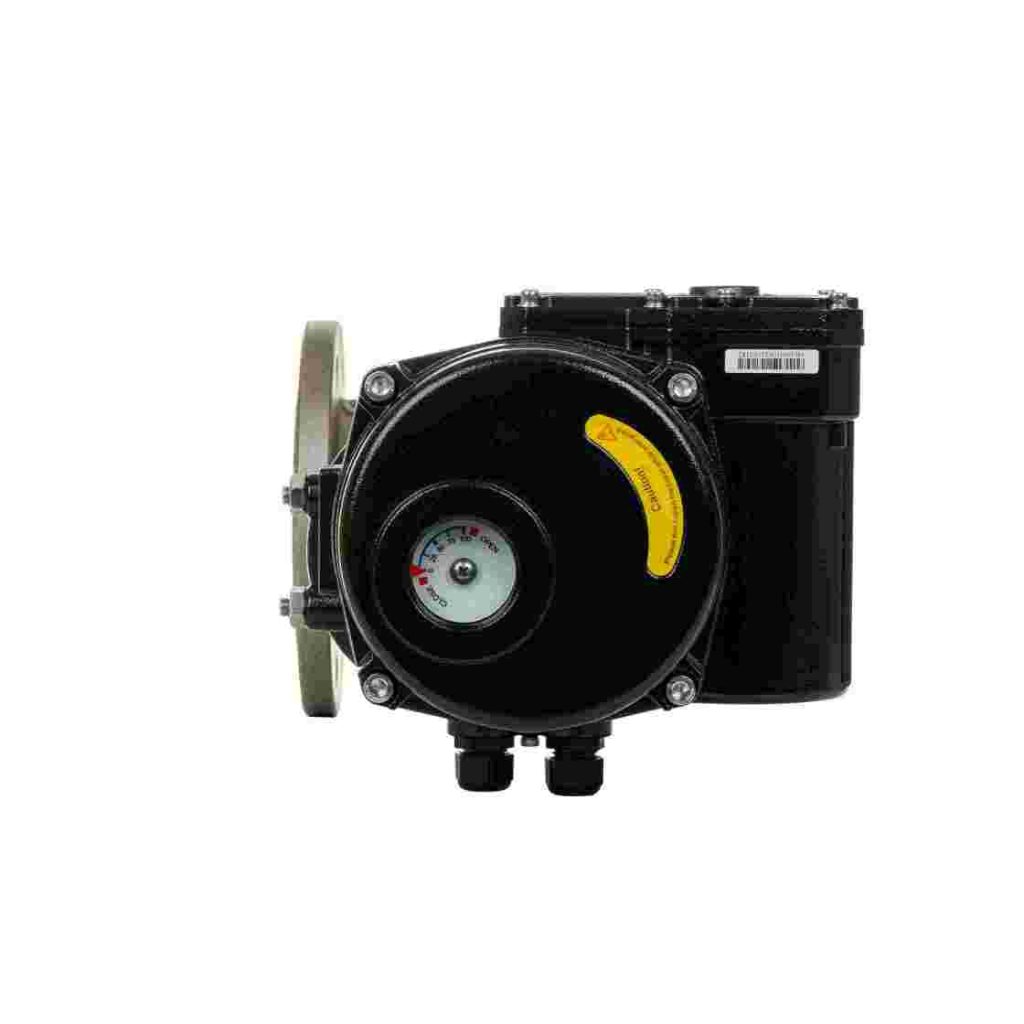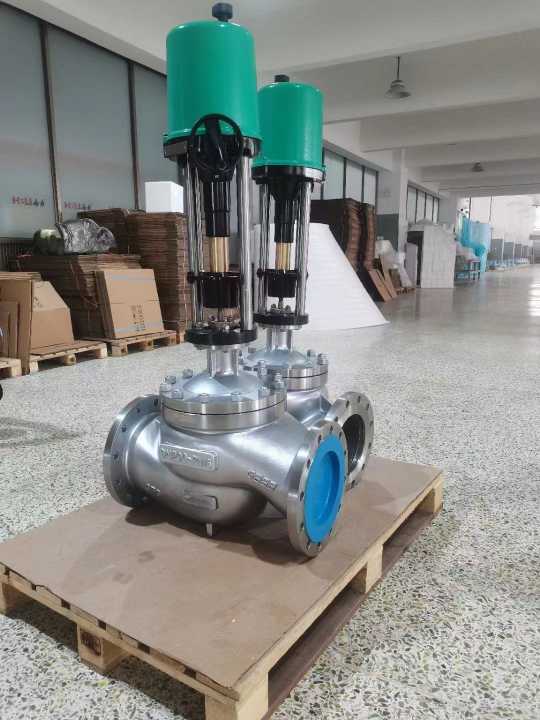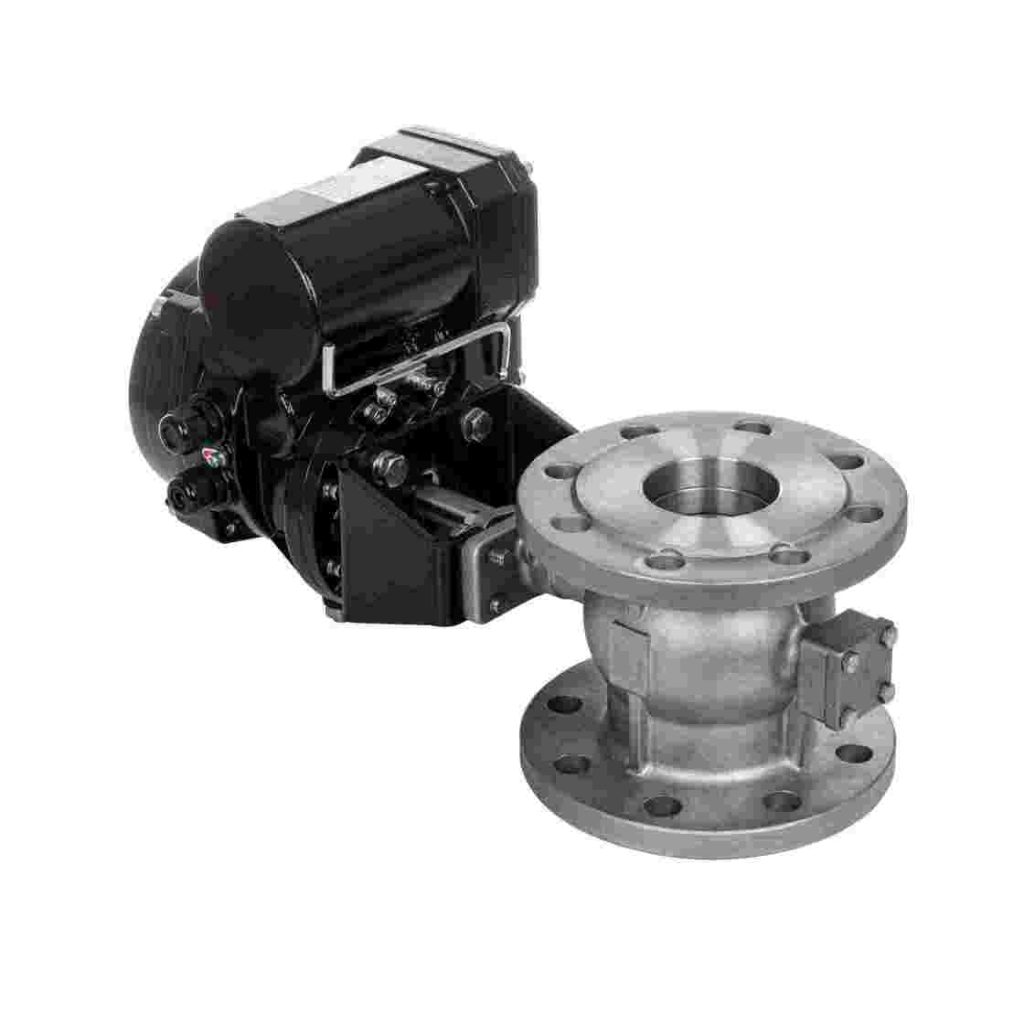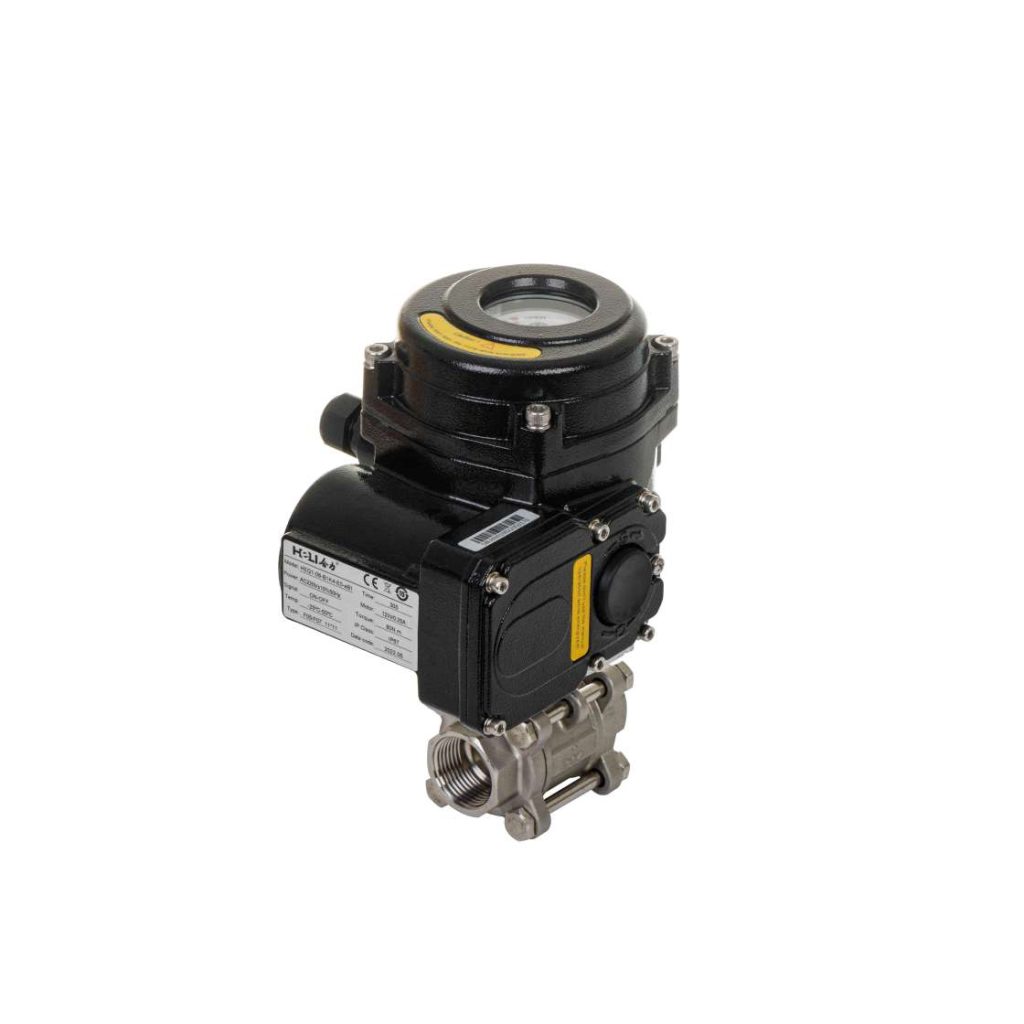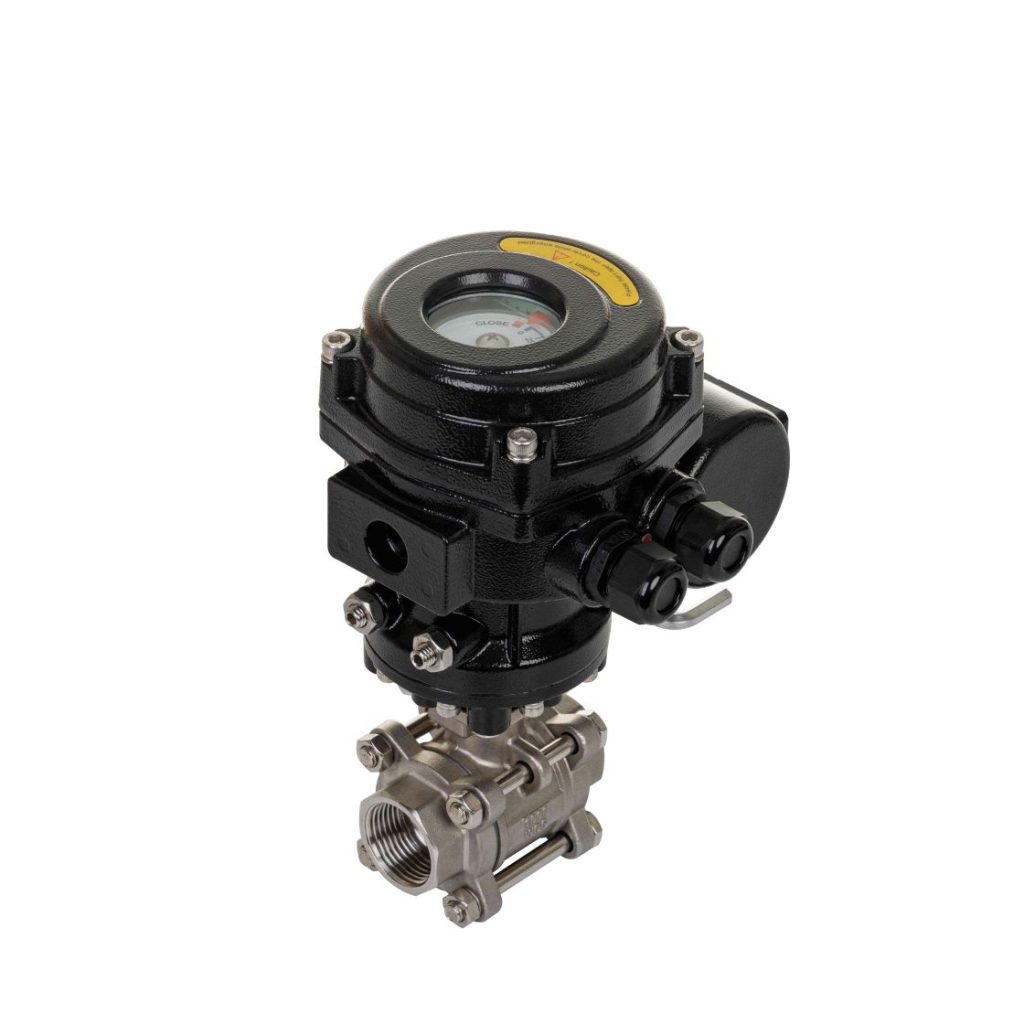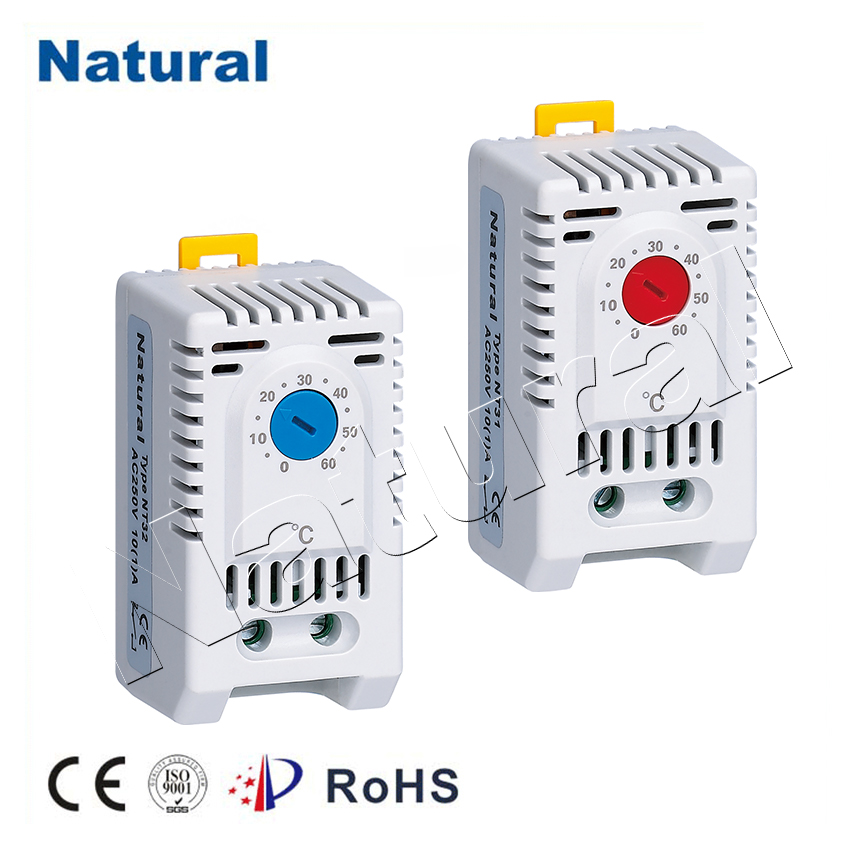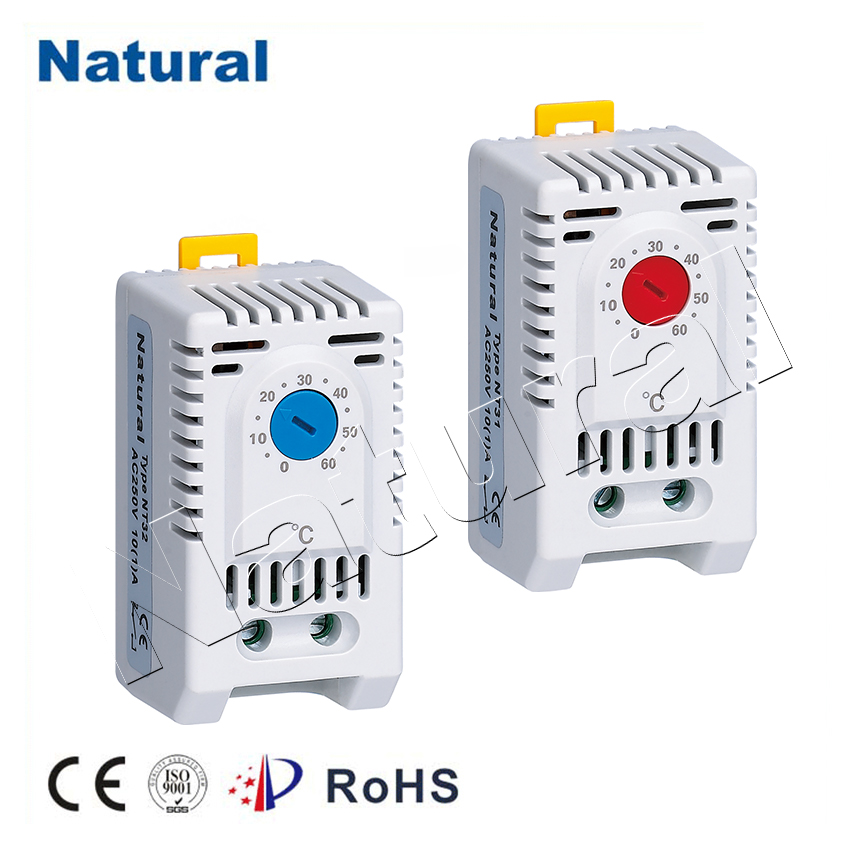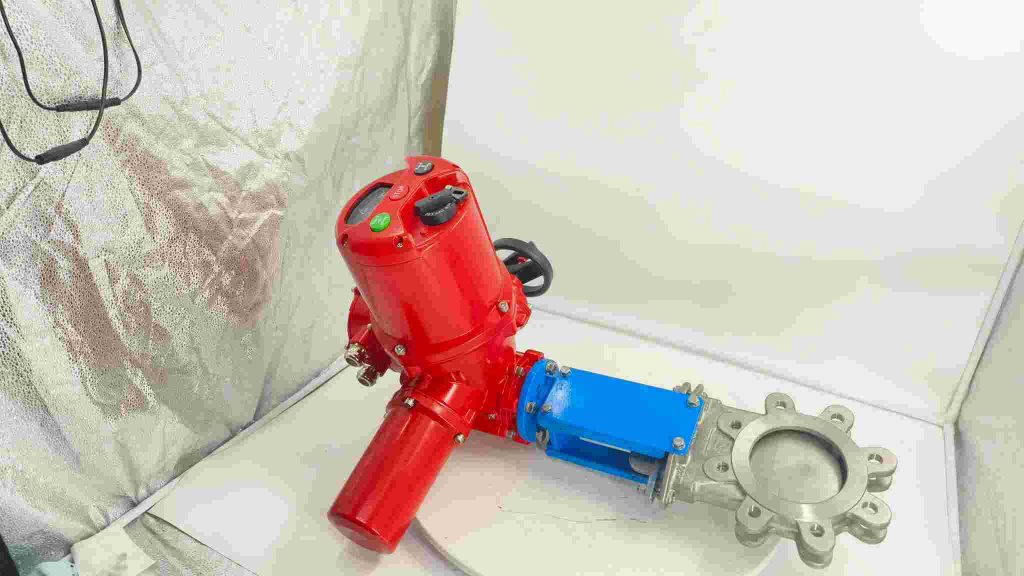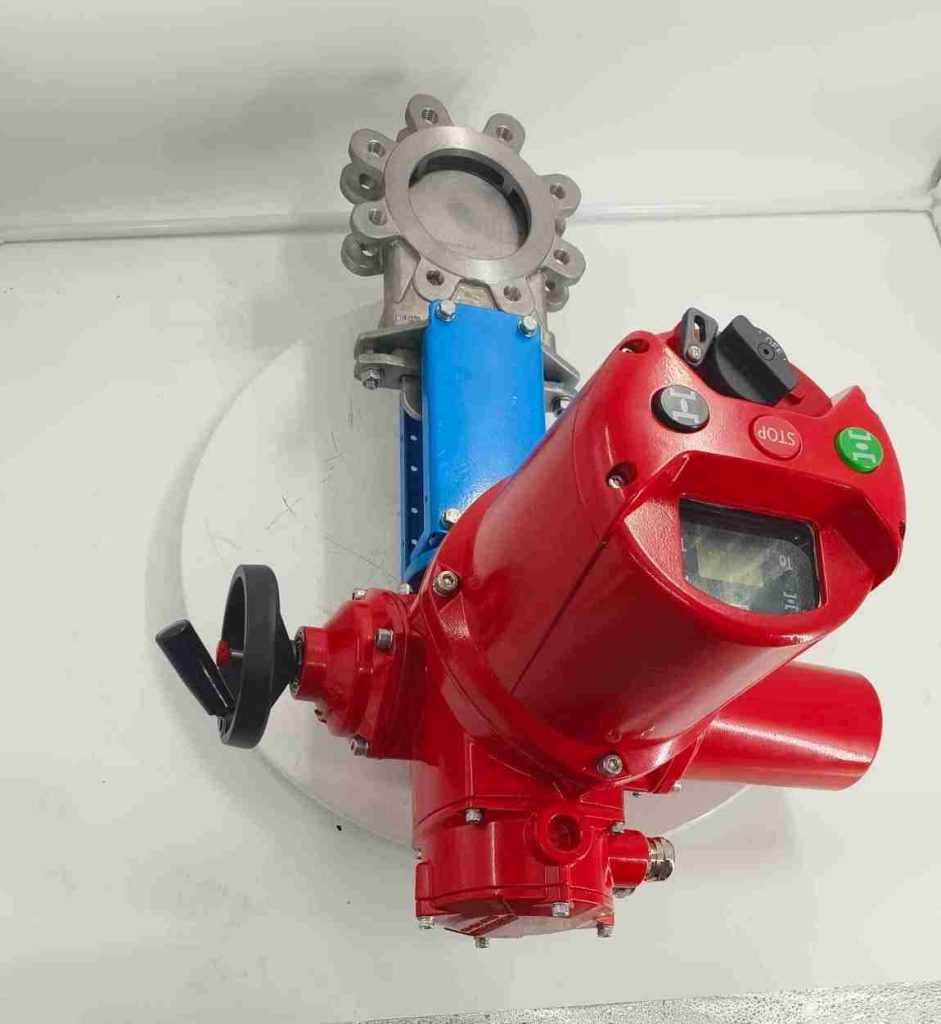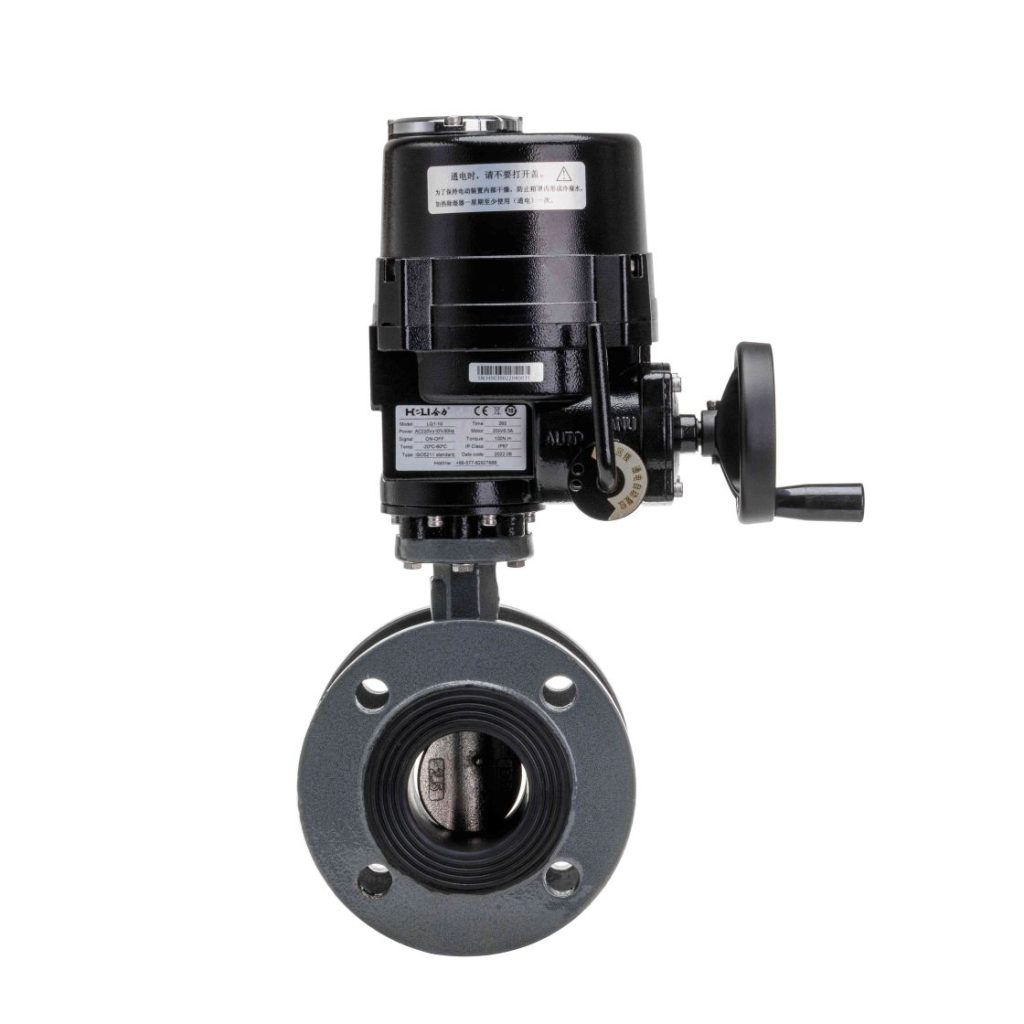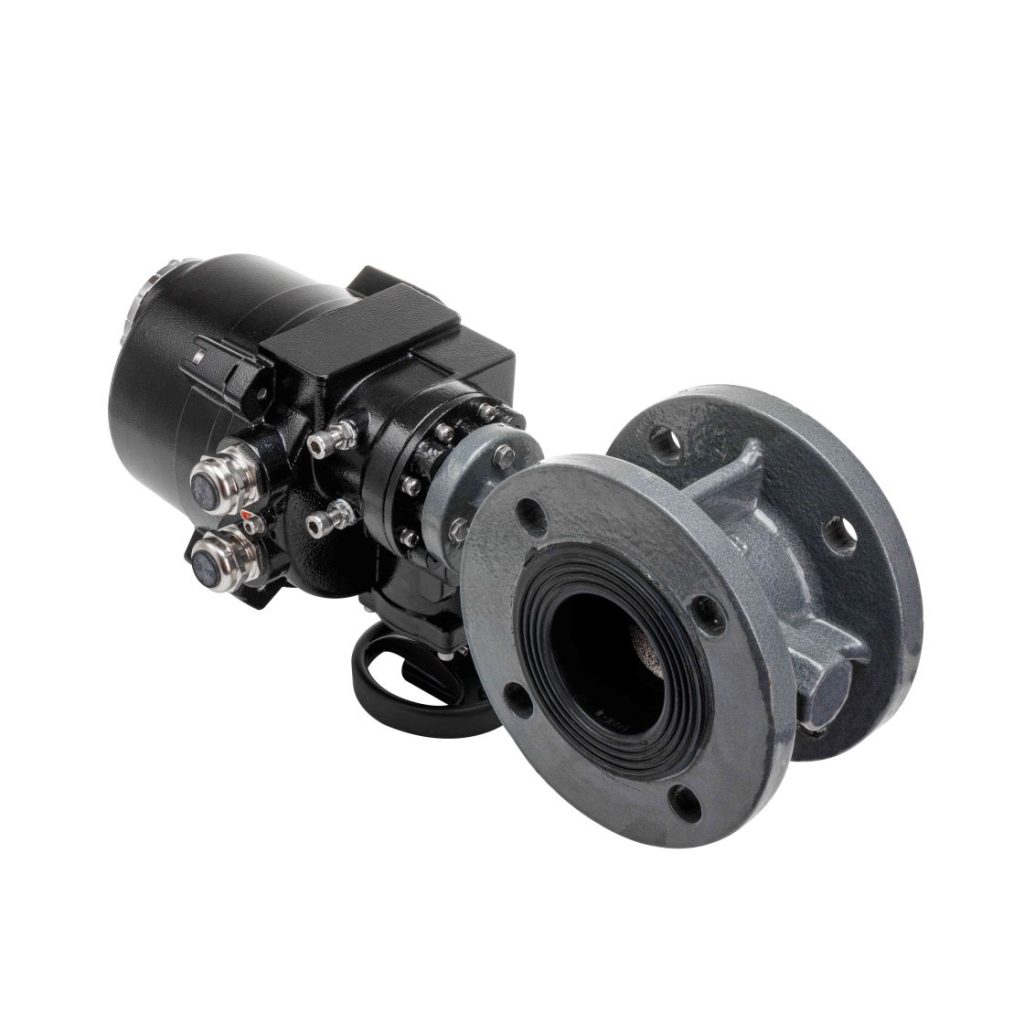The integration of renewable energy sources into modern technologies has led to the development of innovative solutions for enhancing efficiency and sustainability. One such advancement is the Intelligent Control Solar Electric Actuator, a system that combines solar power with electric actuation to drive automation processes in an intelligent and eco-friendly manner. This article explores the fundamentals of intelligent control solar electric actuators, their advantages, applications, and how they contribute to a greener and more efficient future.

Understanding Intelligent Control Solar Electric Actuators
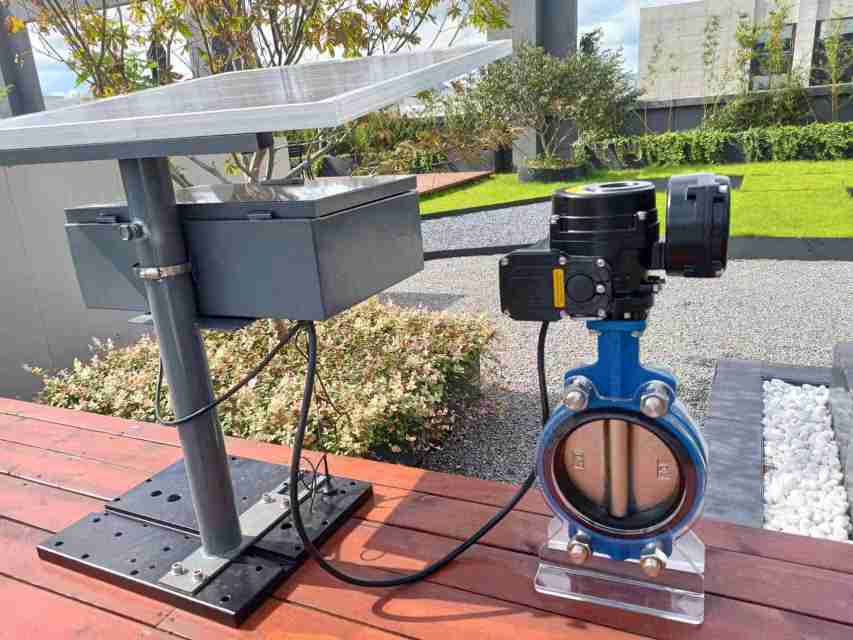
An actuator is a mechanical device used to control a system or process by converting energy into motion. Electric actuators, in particular, rely on electrical energy to perform their function, such as opening or closing valves, moving robotic arms, or adjusting positioning systems. However, traditional electric actuators often require an external power source, typically from the grid or batteries, which can have environmental implications and operational costs. The intelligent control solar electric actuator addresses these concerns by integrating solar energy and intelligent control systems into the actuator design. Solar energy is harnessed through photovoltaic (PV) panels to provide the required power for the actuator’s operation. This renewable energy source allows the system to function autonomously, without relying on traditional electrical grids, making it both environmentally friendly and cost-effective.
